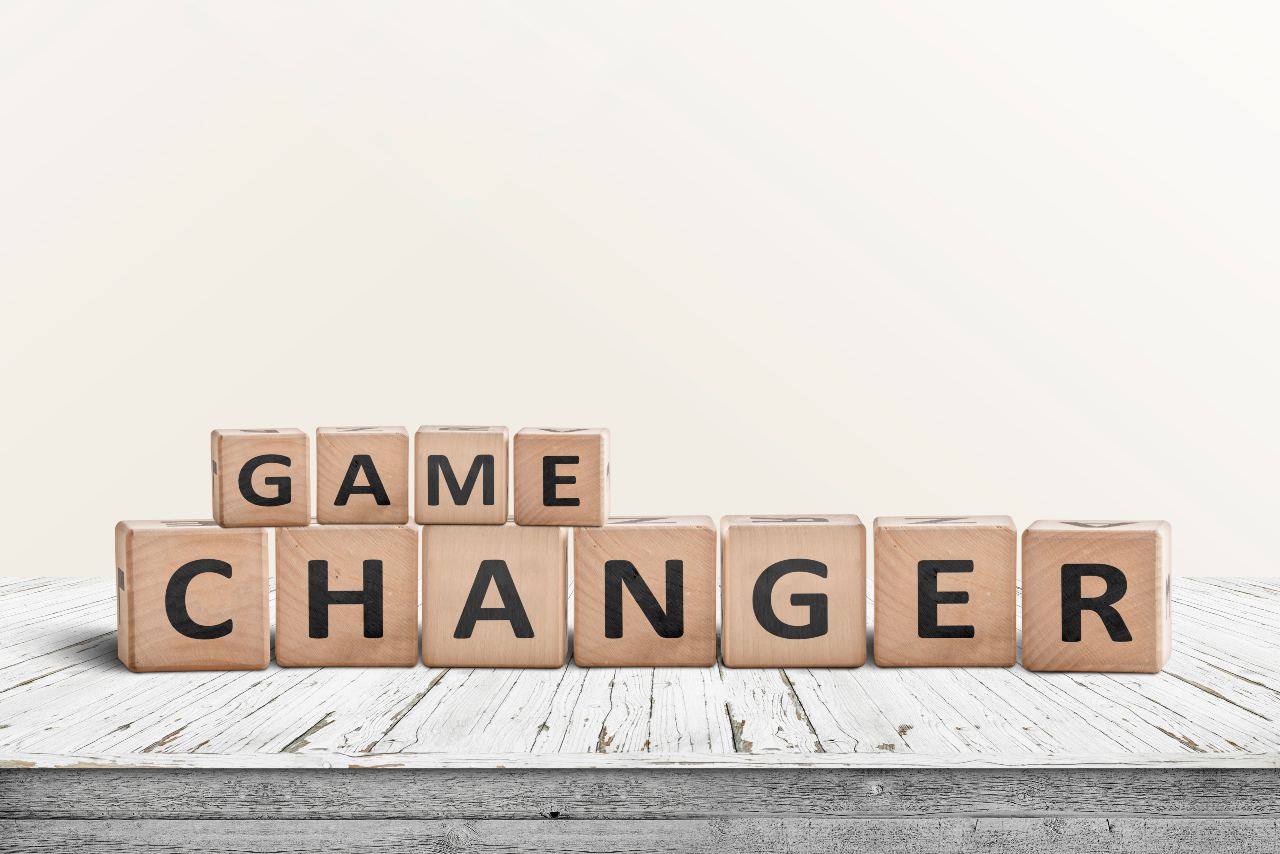TMS: A Beacon of Hope for Those Lost in Treatment-Resistant Depression
Understanding Treatment-Resistant Depression
Depression is one of the most common mental health conditions, affecting millions of people worldwide. According to the World Health Organization, approximately 5 percent people across the globe suffer with a depression diagnosis which translates to upwards of 280 million people. While many individuals find relief through therapy, medication, or a combination of both, some struggle to improve despite multiple treatment attempts. When depression does not respond to at least two different antidepressant medications at adequate doses for a prescribed amount of time, it is classified as treatment-resistant depression (TRD).
For those facing TRD, daily life can feel like an uphill battle. TRD is much more common than you might believe impacting thirty-percent of those with a depression diagnosis. However, Goolsby and Associates, a leading provider of transcranial magnetic stimulation in North Georgia, may be a beacon of hope for you with our groundbreaking treatment option.
What depression is and what it is not.
While we all experience feelings of sadness and even a loss of hope due to circumstances in our lives, a low mood and major depressive disorder are very different things. Persistent feelings of sadness, hopelessness, fatigue, and disinterest in activities continue despite trying different medications and undergoing therapy often accompany a major depressive diagnosis (MDD). This can be incredibly frustrating and discouraging, leaving many to wonder if they will ever find relief. But there is hope, and transcranial magnetic stimulation (TMS) is proving to be a game-changer for many people who have struggled for years.
What Is TMS, and How Does It Work?
Transcranial magnetic stimulation (TMS) is an FDA-approved, non-invasive treatment that uses magnetic pulses to stimulate specific areas of the brain involved in depression. Unlike medications, which must travel through the bloodstream and affect the entire body, TMS directly targets the brain regions responsible for mood regulation. This precise approach makes it a valuable option for people with TRD who have not responded well to traditional treatments.
The Science Behind TMS
Depression is linked to reduced activity in certain areas of the brain, particularly the prefrontal cortex, which is responsible for regulating mood, emotions, and decision-making. When this part of the brain is underactive, symptoms of depression can persist or worsen.
TMS works by delivering painless magnetic pulses to the prefrontal cortex, stimulating nerve cells and helping to restore normal brain activity. This process is thought to improve communication between different brain regions, helping to lift the fog of depression and restore emotional balance.
What a Typical TMS Session Looks Like
One of the great advantages of TMS is that it does not require sedation or anesthesia—patients remain fully awake during the treatment. A typical session looks like this:
-
Preparation – The patient sits comfortably in a chair while a trained professional positions the TMS device over their head.
-
Magnetic Stimulation – The machine delivers short magnetic pulses to the brain, which may feel like gentle tapping on the scalp.
-
Relaxation – Each session at Goolsby and Associates lasts between 5 to 30 minutes, and patients can return to their daily activities immediately afterward.
-
Repeated Treatments – A full course of TMS usually involves five sessions per week for four to six weeks.
Patients often begin to notice improvements in mood and energy levels after a few weeks of treatment. For many, TMS provides a breakthrough where other treatments have failed.

Why TMS Is a Game-Changer for Treatment-Resistant Depression
1. No Systemic Side Effects
Unlike antidepressants, which can cause weight gain, drowsiness, sexual dysfunction, and other side effects, TMS has minimal side effects. Some patients may experience mild scalp discomfort or a headache after sessions, but these typically fade quickly.
2. A Non-Drug Alternative
Since TMS does not rely on medication, it is a great option for those who cannot tolerate antidepressants or prefer a treatment that does not involve daily pills./p>
3. Long-Lasting Relief
Many patients experience significant symptom reduction, and some achieve complete remission. While individual results vary, research shows that TMS can provide long-term benefits, with many patients maintaining their improvements months or even years after treatment.
4. Safe and FDA-Approved
TMS has been rigorously studied and is FDA-approved for major depressive disorder. It has been used safely for over a decade, and ongoing research continues to confirm its effectiveness.
Who Is a Good Candidate for TMS?
TMS is designed for individuals who have:
-
Tried at least two different antidepressant medications without success
-
Experienced intolerable side effects from medications
-
Not responded well to talk therapy alone
-
A diagnosis of major depressive disorder (MDD)
If you or a loved one has struggled with treatment-resistant depression, TMS might be the missing piece in your recovery journey.

Finding Hope in TMS
Living with depression can feel isolating and overwhelming, but there is hope. TMS is providing a lifeline for those who have exhausted traditional treatment options. If you’ve been searching for an alternative to medications and therapy that just aren’t working, TMS could be your path to a brighter, more fulfilling life. TMS might be the solution you are looking for.
If you think TMS might be right for you, speak with a Goolsby and Associates to explore your options. We will schedule a consultation with you to determine if you are a candidate for TMS and create a customized treatment plan just for you. There is light beyond the darkness of depression—and TMS could be the beacon of hope you’ve been looking for.
